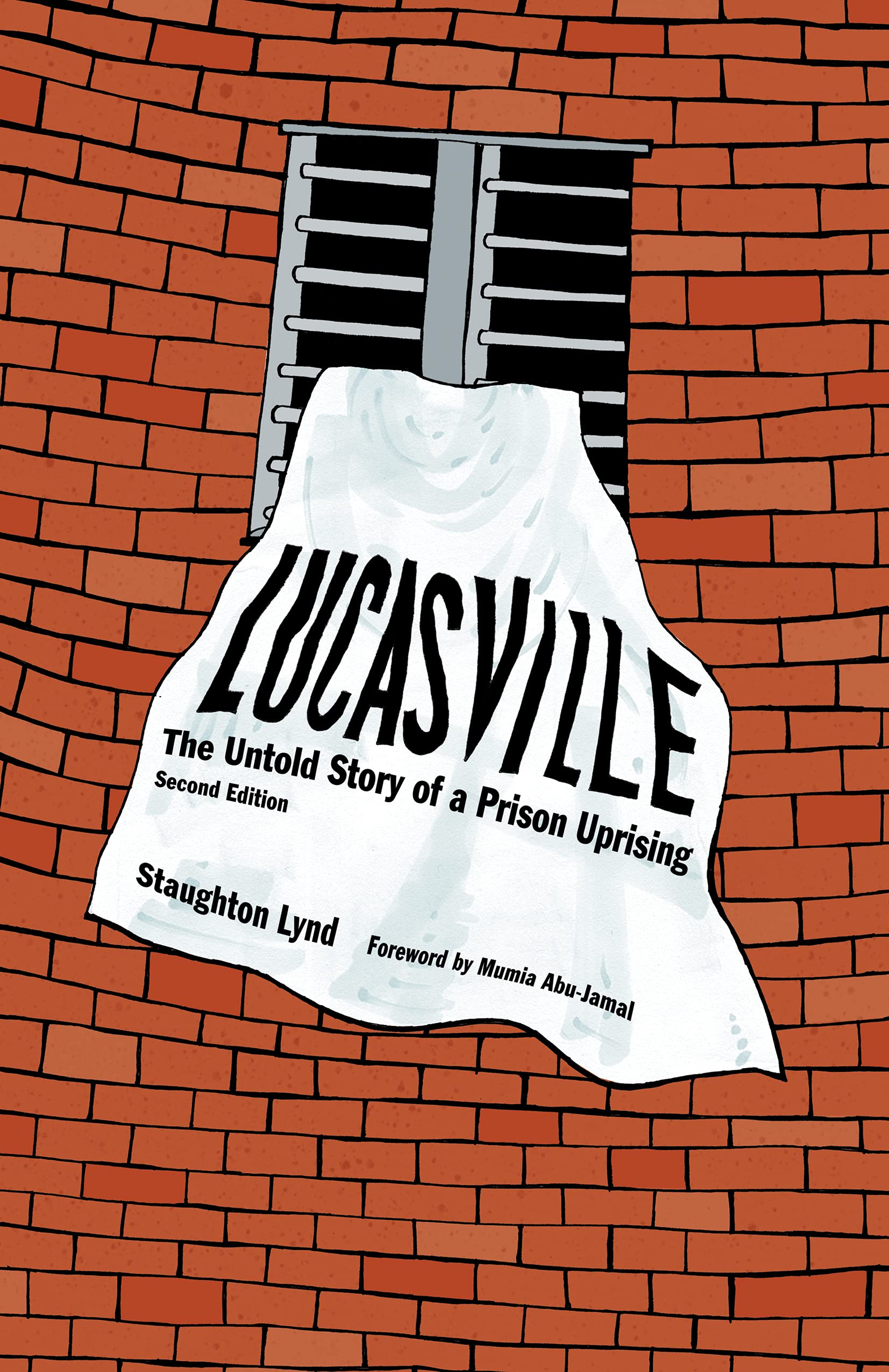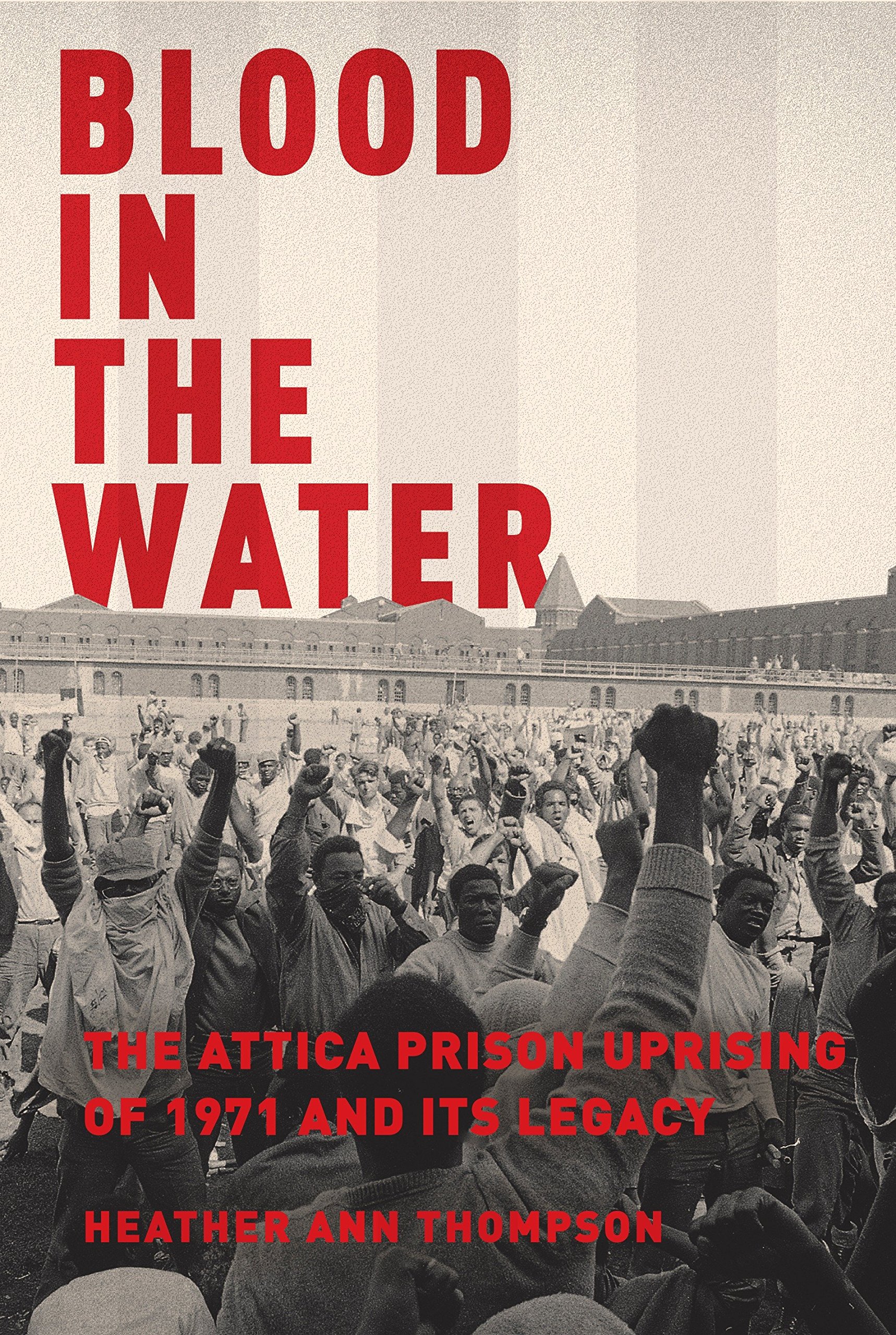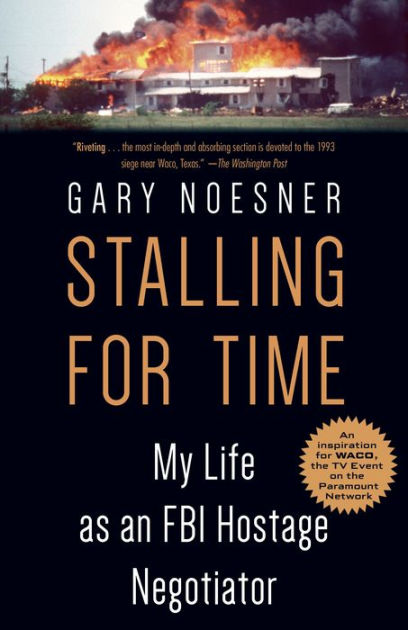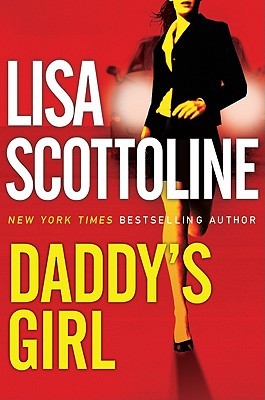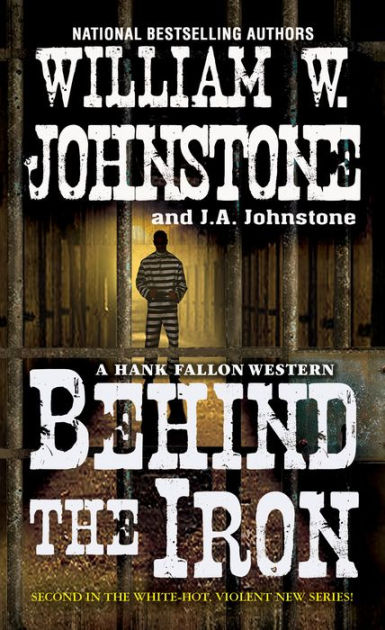A prison is a bleak setting. An integral part of a country’s justice system, it can be a place of brutality and mistreatment, often manned by too few officers in degrading conditions, who use violence and mental abuse to control an often-unmanageable pool of inmates. It’s a high-tension environment that can be fraught with inhumane living conditions, substandard medical care, poor education, inedible food, and the stress of close living conditions. Gang life doesn’t stop when inmates are incarcerated; there are simply different gang structures within the prison walls, where inmates are often forced to take sides on an existing gangland battleground.
As a result, what is meant to be a place of reformation can become nothing more than a combat zone between correction officers and inmates, and between the inmates themselves. Riots, while not common, are a response to these intolerable conditions, and are the most dangerous prison incidents for officer and inmate alike.
It was through these dark aspects of the misery and desperation of real incarceration facilities that I built the fictional prison riot on Rikers Island in Shot Caller. A prison riot of this scale has never occurred on Rikers, but the conditions reported there are so deplorable, it has led to the decision to shutter all ten jails in 2026. It’s an environment where an inmate riot is entirely believable. Drawing from contemporaneous inmate accounts, Shot Caller is about the struggle to negotiate a surrender when an uprising in one of the Enhanced Supervision Housing units leads to the hostage taking of eight correction officers. It’s a difficult situation, because an ultra-secure unit built to keep inmates in, also serves as an excellent way to keep tactical units out, leaving law enforcement with limited options. But the book also serves to highlight the challenges of mass incarceration. It’s a system that has been a work-in-progress for centuries, with many miles still to go.
In the sheltered world of fiction, prison riots can provide a rich backdrop in which to set a thriller. Conversely, non-fiction accounts of real prison riots can expose the worst aspects of mass incarceration in America. Here are five books, both fiction and non-fiction, that explicitly capture the terror of a riot as well as the complexity of the correctional and law enforcement response:
Lucasville: The Untold Story of a Prison Uprising (Kindle Edition) by Staughton Lynd
The longest prison uprising in American history lasted eleven days in April of 1993, and was marked by the deaths of a single correction officer and nine inmates. Lynd’s account is a primer on how micromanaging from the top can create an overwhelmingly oppressive atmosphere, how inmate mismanagement can be the spark that starts a blaze, and how negotiation decisions such as cutting the inmates’ water and power can have outsized negative repercussions, as occurred in Lucasville when inmates retaliated with the death of a correction officer. However, it also shows the patience and mechanics of a negotiated surrender. The book also goes on to describe the subsequent legal proceedings which led to the death sentences of the riot leaders, the “Lucasville Five”, whose executions will start in 2023.
Blood in the Water: The Attica Prison Uprising of 1971 and Its Legacy by Heather Ann Thompson
The Attica Prison riot, which took place from September 9–13, 1971, produced the single bloodiest post-Civil War encounter between Americans when an incursion by law enforcement left 43 dead. Thompson is exacting in her details, clearly laying out the multiple causes of the uprising, the riot of 1,281 of the 2,200 inmates, and the attempts by law enforcement and politicians to negotiate a peaceful settlement. Finally, she describes the mishandling of the heavily-armed tactical incursion, ordered by Governor Nelson Rockefeller, that left ten of the forty-two correction officer and civilian employee hostages dead in a hail of bullets from state troopers. It’s a grim picture of deplorable conditions, the mistreatment and the inequality of POC inmates, the struggle for basic rights, and the riot’s devastating aftermath, and stands as a damning account of the American penal system.
Stalling for Time: My Life as an FBI Hostage Negotiator by Gary Noesner
Gary Noesner spent thirty years with the FBI, twenty-three of them specifically as a hostage negotiator. Perhaps best known as part of the team of negotiators at the Branch Davidian crisis in Waco, Texas, he was also a negotiator at the Talladega Federal Correctional Institution in April 1991 when a group of Cuban inmates awaiting deportation rioted and took eight prison and immigration employees hostage. Told from an intimate, first-person perspective, Noesner describes the challenges of negotiating inside a closed unit with your hands mostly tied because of restrictions inherent to mass incarceration facilities. It was a situation requiring intuition, flexibility, and the ability to pivot and think on your feet at a moment’s notice, and Noesner’s recounting shows he was more than up to the task.
Daddy’s Girl by Lisa Scottoline
Natalie Greco’s Penn Law students couldn’t be more bored with her history of justice class, so she is convinced to teach it to a group of overly-invested pupils—inmates at a local prison. However, just as she is about to start her first class, a deadly prison riot explodes, trapping Natalie in the violence. Pausing in her escape to attempt to save the life of a mortally wounded correction officer, he passes on a dying message to his wife—“It’s under the floor.” From that point on, Natalie’s life spirals out of control as she is accused of murder and is forced to go on the run, depending on only her own wits and ingenuity to clear her name and stop a heinous crime, the success of which depended on the deadly riot. It’s an intense thrill ride highlighting how sometimes the weakness within a prison’s walls may be its own people.
Behind the Iron by William W. Johnstone and J.A. Johnstone
Hank Fallon, once a deputy marshal, was sent to federal prison for ten years for a crime he didn’t commit. As a man who has been both law enforcement and inmate, he’s perfectly suited in his new career as an undercover detective to infiltrate the worst prison system in the country—Missouri State Penitentiary, known as the “bloodiest forty-seven acres in America. He’s on a mission to befriend the wife of a bank robber to recover a missing $42,000 haul. But in the process, Fallon has to survive two violent prison uprisings; one as he’s arriving that lays the ground work for him to crack open a behind-the-scenes prison scheme, and the second as he’s trying to escape. Johnstone serves up a gritty, brutal portrayal of late nineteenth-century prison life, including the grueling workload and abuse by guards many would not survive, or would riot to escape.
***


